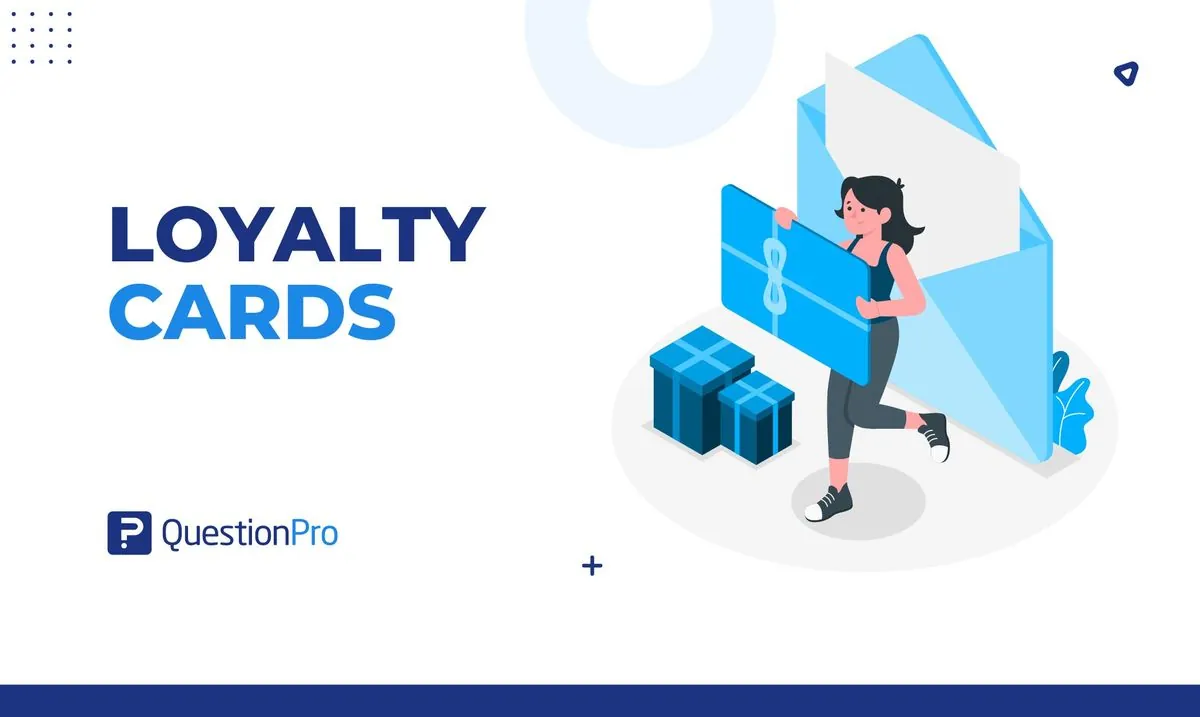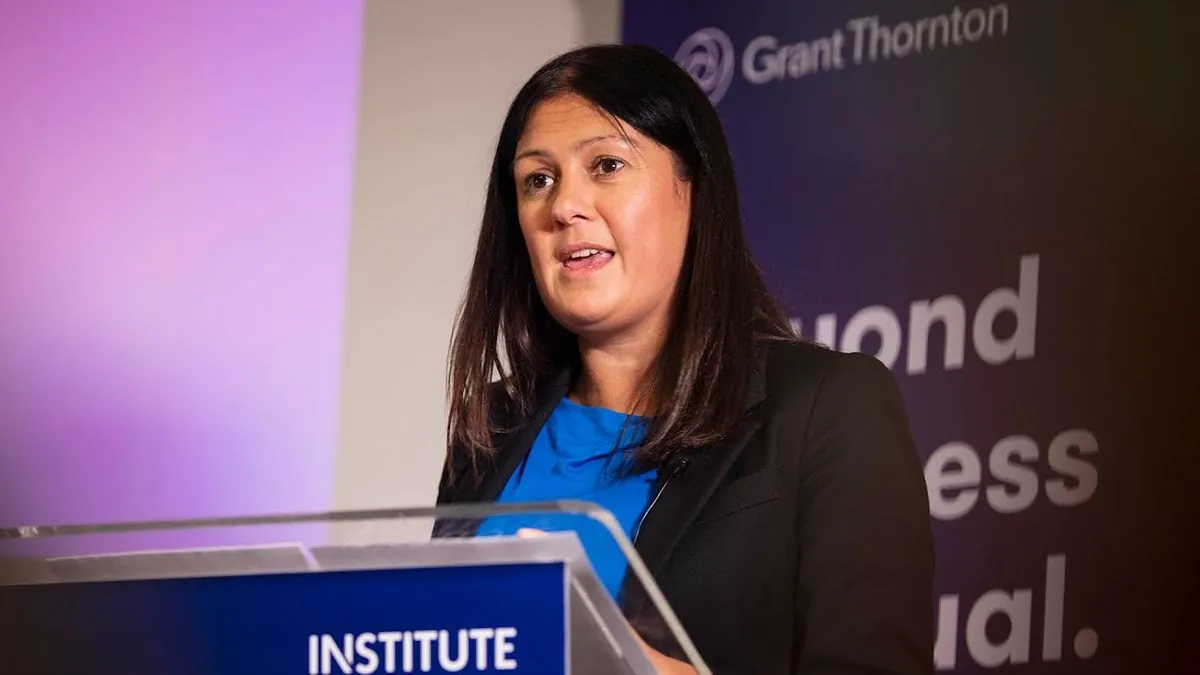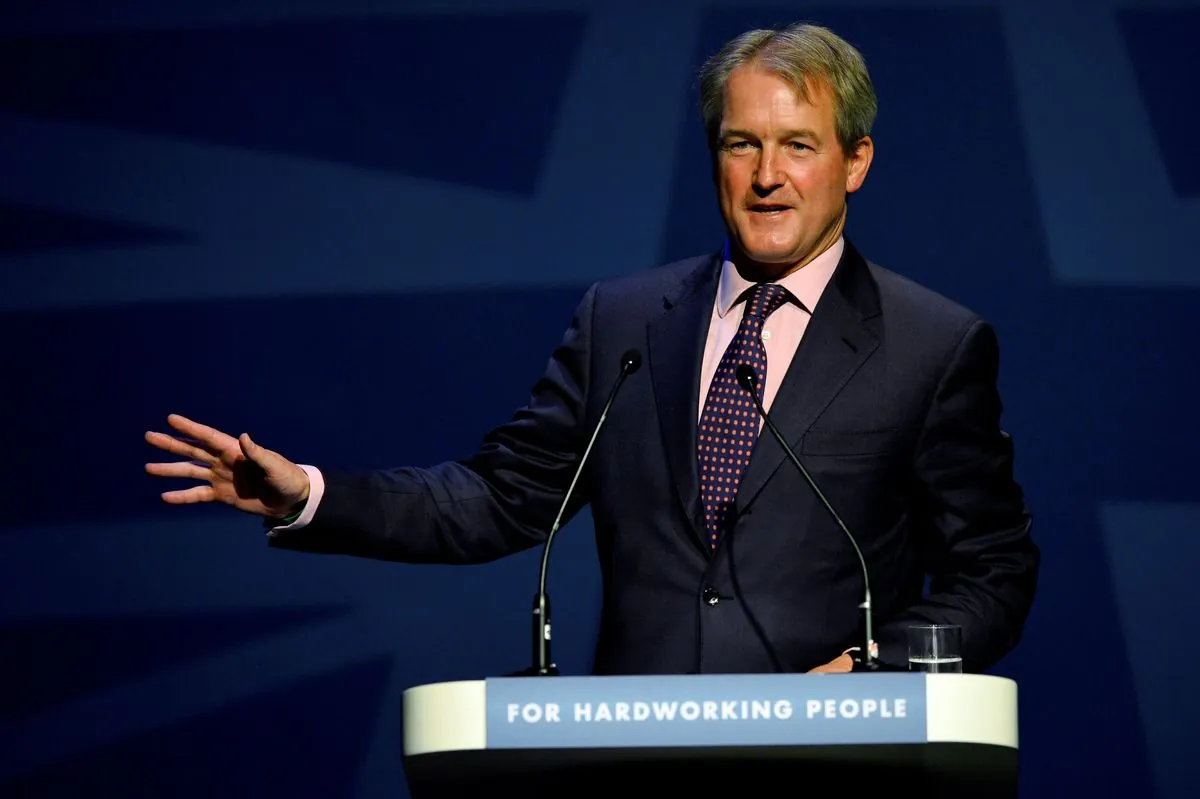Consumer Alert: The Hidden Truth Behind Loyalty Discounts
Which? uncovers potential misleading practices in retail loyalty schemes. Analysis reveals inflated prices and questionable discounts, prompting calls for updated pricing guidelines.

Consumer watchdog Which? has raised concerns about the true value of loyalty discounts offered by retailers. The organization's recent analysis of over 12,000 products at health and beauty stores and supermarkets has revealed potentially misleading pricing practices.
Ele Clark, Which? retail editor, stated, "Loyalty cards are increasingly big business, with the explosion in two-tier pricing meaning shoppers will often pay a lot more if they aren't a member of the retailer's scheme." This trend reflects the growing importance of loyalty programs in the retail sector, which has seen global memberships exceed 3.3 billion as of 2015.
The investigation uncovered several questionable practices:
- Some items were perpetually on offer, regardless of loyalty scheme membership.
- Prices were occasionally raised briefly before being discounted.
- Non-member prices were sometimes inflated on the same day loyalty promotions began.
These findings highlight the need for consumers to be vigilant when assessing the value of loyalty programs. Interestingly, while the average U.S. household is enrolled in 29 different loyalty programs, only 46% of these memberships are actively used.
Which? identified specific examples at Boots and Superdrug, where products like skin creams and toothbrushes were full price for less than two weeks before being discounted. At Boots, 649 products had their non-member prices increased simultaneously with the start of loyalty promotions.

The consumer group has called for updated guidance on how consumer laws apply to loyalty pricing. This comes as the loyalty management market, valued at $2.47 billion in 2019, is projected to reach $10.02 billion by 2027.
In response to these findings, retailers have defended their practices:
- Boots stated that their Price Advantage program allows loyal customers to make genuine savings on over 8,000 products.
- Superdrug emphasized their mix of promotions aimed at providing savings to all customers throughout the year.
- Morrisons, Sainsbury's, and Tesco all highlighted their efforts to offer competitive prices and value to customers through various means, including loyalty programs.
Despite these assurances, the Competition and Markets Authority (CMA) has opened an investigation into loyalty pricing practices in the supermarket sector. This scrutiny is crucial, considering that 79% of consumers say loyalty programs make them more likely to continue doing business with brands.
As the debate continues, consumers are advised to remain cautious and compare prices diligently. With 75% of consumers more likely to make another purchase after receiving an incentive, the allure of loyalty programs remains strong. However, as this investigation shows, the true value of these discounts may require closer examination.
"We looked at the pricing history of thousands of products and found that, while the majority of discounts were not misleading, there were some questionable non-member prices and some examples that looked like an outright rip-off. Meanwhile some products were always or almost always on loyalty promotion, making it difficult to spot a genuine deal."
In conclusion, while loyalty programs can offer benefits, consumers should approach them with a critical eye. As the retail landscape evolves, transparency in pricing practices will likely become increasingly important to maintain customer trust and loyalty.


































